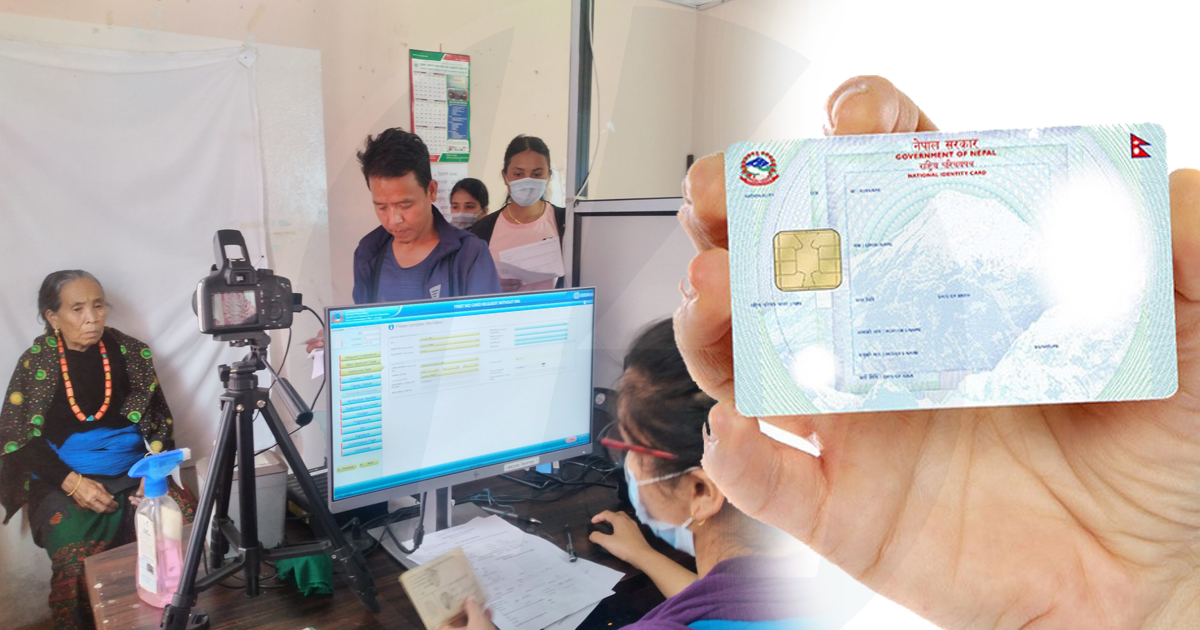In countries with weak internet security, digital data theft and misuse have become major concerns. This raises questions about how biometric and other personal data collected digitally are being protected.
The National ID and Registration Department claims that citizens’ data are collected using special technology, making it difficult for hackers to steal them.
According to Subash Dhakal, the department’s IT Director, the data are stored in an encrypted form using cryptographic technology, reducing the risk of theft.
“We ensure security from encryption to network security and continuous monitoring. Data remain encrypted from the moment they are entered. We follow international standards and have implemented secure practices like network segregation,” Dhakal stated.
Currently, most government offices still use paper-based personal data, requiring a physical signature or official documents for approval. However, with full digitization, approvals will be done using digital signatures, facial recognition, or eye scans.
Dhakal mentioned that in the future, individuals will have more control over their data, allowing them to choose when and where it can be used. Additionally, people will be able to track where their data has been accessed.
“A person owns their data and can decide when to share it. If someone wants to know who accessed their data and where, we can provide that information. We are also working on allowing citizens to view their data themselves,” he added.
Only authorized personnel can access ID data, and digital access is regulated through official government notifications.
To prevent hacking and misuse, the department has taken special security measures, including storing data offline and keeping storage centers disconnected from public internet access. This reduces hacking risks significantly.
“Our encrypted data cannot be simply used by hackers. Even if stolen, they would only disrupt the system rather than exploit the data. We also store offline data to prevent ransomware attacks, as data entry is only done through the Home Ministry’s intranet at district administration offices,” Dhakal explained.
Additionally, the department has stored the data in three different locations. This ensures that even if one storage center faces an issue, the data remains safe elsewhere.
Apart from the National ID and Registration Department, other government bodies, such as the Election Commission, also store citizens’ biometric data in digital form.




